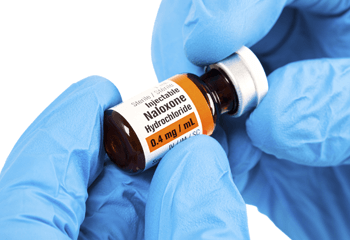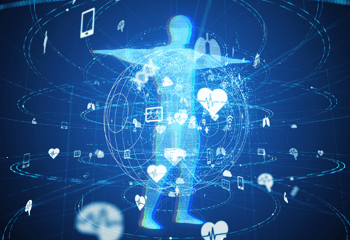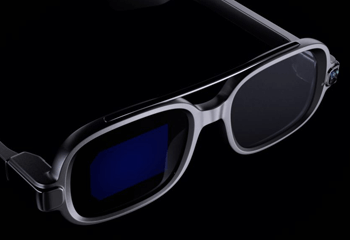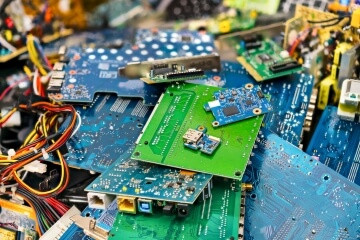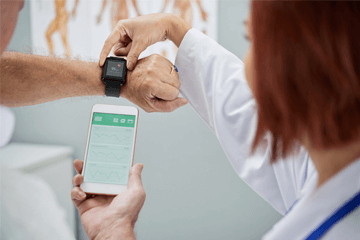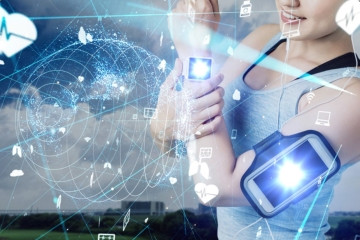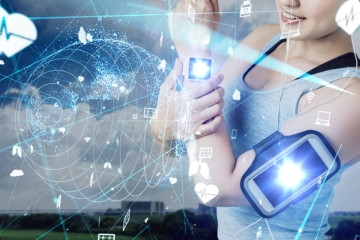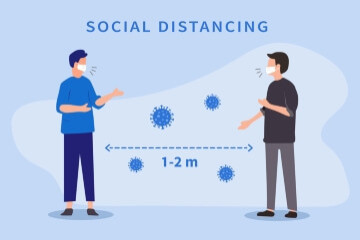Recently, a new sensor has been developed that allows for the detection of muscle fatigue by observing the pH of sweat. How is exercise strain often overlooked, what does the new sensor do, and could it help prevent over-exercising? How is exercise strai...
By Robin Mitchell | 07-01-2022
Recently, researchers have demonstrated a wearable device that can deliver Naloxone to those suffering from an opioid overdose. Why are opioids a major problem, what did the researchers develop, and what challenges could such a device face? Why have opio...
By Robin Mitchell | 03-12-2021
A recent paper published by Duke University showed that wristbands fitted with biosensors can be used to detect early cases of respiratory infections such as influenza and the common cold with a high degree of accuracy in asymptomatic cases. What challenges do...
By Robin Mitchell | 30-11-2021
Recently, researchers have combined low-cost wearable technology with AI to help Parkinson’s patients deal with freezing of gait. What exactly is FoG, how did the researchers use low-cost wearable devices to help treat it, and how does this demonstrate the pow...
By Robin Mitchell | 29-11-2021
Electropages Podcasts
Electropages Podcasts
Recently, researchers have developed an electric generator that can utilise the heat from fever to power basic wearable devices. What challenges do typical thermoelectric generators present, what did the researchers demonstrate, and could it be vital to poweri...
By Robin Mitchell | 19-11-2021
A medical sensor start-up company has received over $650,000 in funding to develop wearable devices for epilepsy patients. What challenges does epilepsy present, what does the device in development do, and what challenges do wearable devices face? What c...
By Robin Mitchell | 16-11-2021
Recently, Xiaomi announced the development of their latest wearable tech, Xiaomi Smart Glasses. Why have other smart glasses failed, how does the Xiaomi Smart Glasses work, and why is this the world’s first authentic smart glasses? Why have other smart glasses...
By Robin Mitchell | 28-09-2021
Recently, researchers from China developed a fully functional smartwatch that can be easily dissolved to recycle and reuse the electronic components used. What challenges does e-waste present, what did the researchers achieve, and why could fully recyclable el...
By Sam Brown | 06-09-2021
Researchers from Nanyang Technological University (Singapore) have recently demonstrated a new wearable battery powered by sweat and flexibility. What challenges does powering wearable devices present, what did the researchers develop, and how does it compare...
By Sam Brown | 31-08-2021
Recently, Samsung announced the development of a flexible OLED display that could provide invaluable to future wearable devices. What challenges do wearable devices face, what has Samsung developed, and what applications could it help with? What challenges do...
By Robin Mitchell | 17-06-2021
Recently, researchers from Japan announced developing a wearable fuel cell powered by human sweat. What challenges do traditional power sources face, what has the team developed, and how could it help with powering future wearable devices? What challenges do t...
By Robin Mitchell | 21-04-2021
An armature rugby player from the UK has developed a wearable head sensor for sensing head trauma and warning users when they may be at risk. What problems does high-impact sport present, what will the developed device help with, and how could it change sporti...
By Robin Mitchell | 14-04-2021
Recently, researchers have developed a prototype of a wearable thermoelectric generator that can generate electricity from the warmth of human skin. How do thermoelectric generators work, how does the device developed by the researchers work, and is such a dev...
By Robin Mitchell | 16-03-2021
Recently, Renesas and Altran announced their development of the worlds first social distancing watch that can provide accuracy down to 10cm. What is ultra-wideband technology, what difficulties have social distancing measures faced, and how does the new device...
By Sam Brown | 17-11-2020


